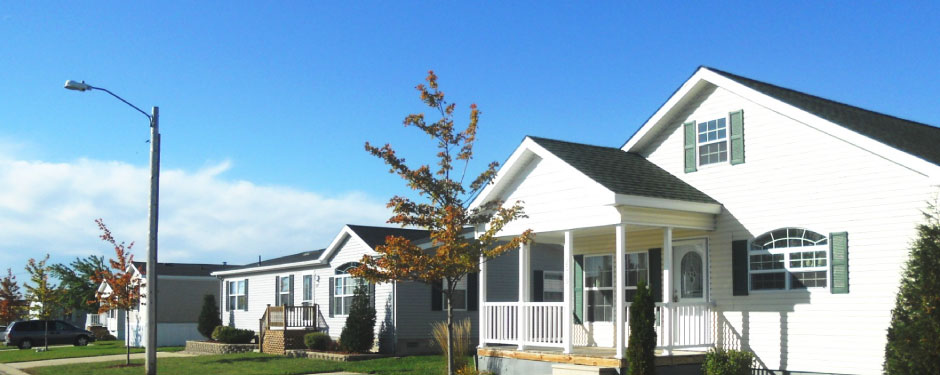CommunitiesHerein Lays the Opportunity
Undervalued Assets in Niche Markets
These parks range from small RV parking lots to beautifully landscaped neighborhoods with views overlooking the ocean. The majority fall somewhere between those extremes—decent communities with decent families.
Buy Low and Cash Flow
Manufactured homes are undervalued because of the lack of available financing (see “Manufactured Housing Finance and the Secondary Market” by Sean West). The price, in other words, is not driven by the market pressures of competing homebuyers armed with available financing, as is the case with traditional single-family residences.
High Yield
The typical resident in a manufactured home does not have the financial resources to relocate it when they leave, so they abandon the home (only 1% of homes are ever moved once set). In the absence of available financing, residents seeking a home do not have the resources to acquire and renovate these abandoned homes. They are also not in a position to afford to buy a new manufactured home, so they rent. Result: low acquisition prices and increasing renter demand. In other words, we buy low and cash flow.
The Opportunity
- Thousands of empty lots, already subdivided with utility hook ups in place ready to receive a new home;
- Thousands of abandoned homes and homes for sale by owners that can be acquired at artificially low pricing; and
- The ability to acquire these new and existing homes at a cap rate that easily outperforms most other income producing properties of comparable quality.
Manufactured Housing Communities
Approximately 10% of all housing units in the United States are manufactured homes. In some states like North and South Carolina that number almost doubles. (see chart below from City-Data.com). A manufactured home is a factory built home with an automotive frame that allows it to be towed to the site. It is built using essentially the same materials and to the same construction standard as a SFR. (see 24 C.F.R. PART 3280--Manufactured Home Construction And Safety Standards). Most of these homes are concentrated in the approximately 50,000 manufactured housing communities scattered throughout the country (see George Allen ”The Allen Report”).





